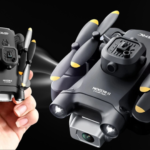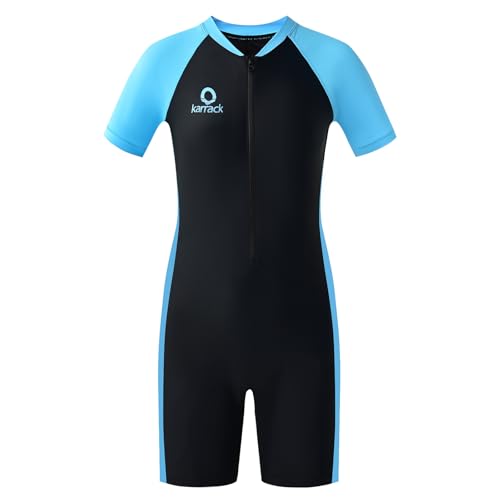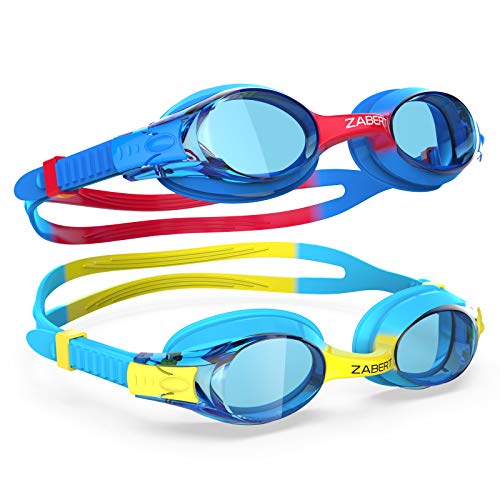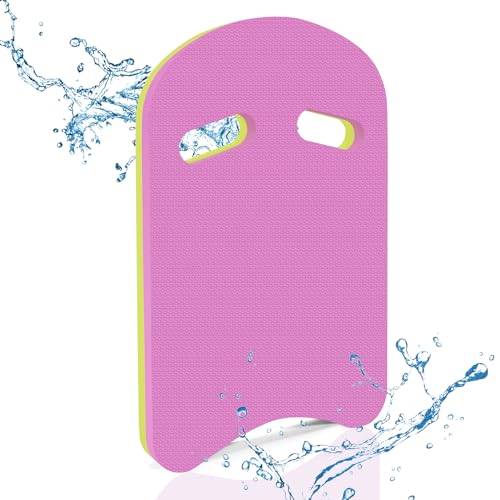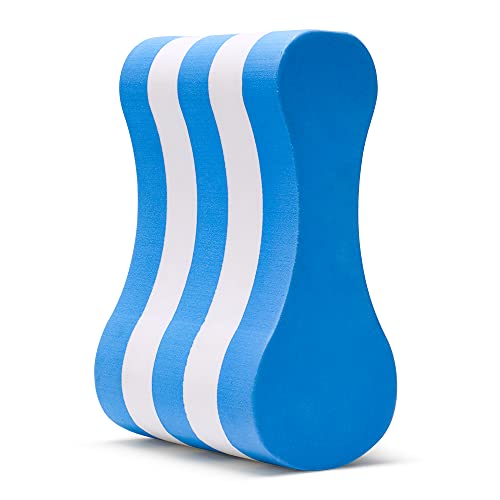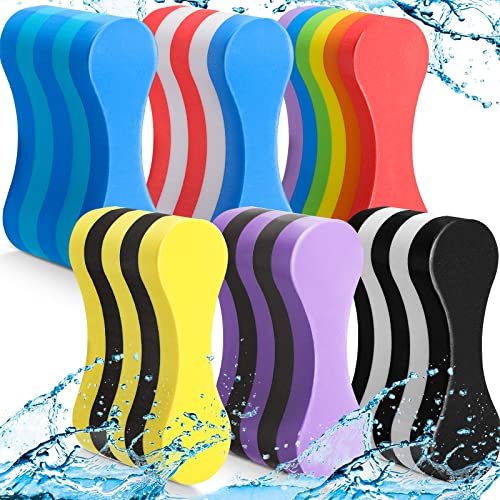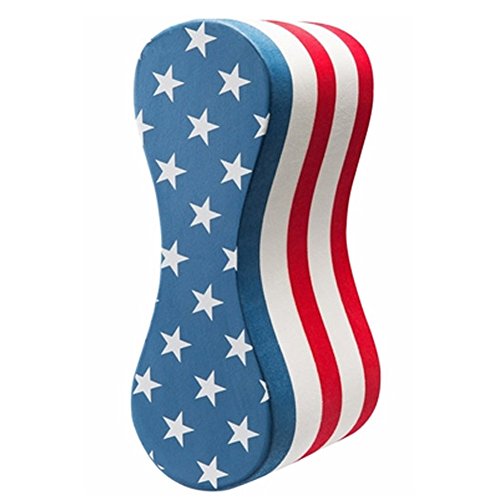Swimming is one of the best full-body workouts and life skills you can learn, whether you’re diving into a new fitness routine or simply want to enjoy the water more confidently. But if you’re just starting out, the world of swim gear can seem overwhelming.
Don’t worry—we’ve got you covered. Here’s a list of essential swimming equipment for beginners, why each item matters, and how to choose the right gear.
1. Swimsuit
A proper swimsuit is crucial for comfort and performance. Beginners should choose snug-fitting, streamlined suits that don’t restrict movement. Women often prefer one-piece suits, while men can choose trunks or jammers. Look for chlorine-resistant fabric for durability. Avoid beachwear or loose shorts, as they create drag. A good swimsuit boosts confidence and lets you focus on learning proper technique without distractions.
2. Swim Cap
Swim caps help keep hair out of your face and reduce drag in the water. They’re essential for hygiene, especially in public pools, and protect hair from chlorine. Silicone caps are durable and easy to put on, while latex ones are lighter. For long hair, there are larger-size options. Wearing a swim cap also improves visibility for coaches or instructors during swimming lessons.
3. Goggles
Goggles protect your eyes from chlorine and allow you to see underwater clearly, boosting safety and confidence. They prevent irritation and help you maintain good head position. Choose a pair with an adjustable strap and soft silicone seals for a comfortable fit. Anti-fog lenses and UV protection are added bonuses. Beginners should test goggles for fit before buying to avoid leaks or discomfort.
4. Kickboard
A kickboard is a buoyant training tool that helps beginners focus on leg movements. It supports the upper body, allowing swimmers to isolate and improve their kick technique. Kickboards also help build leg strength and endurance. They’re great for drills, especially flutter kicks and backstroke kick practice. Most are made of lightweight foam and come in various shapes and sizes to suit different needs.
5. Pull Buoy
A pull buoy is placed between the thighs to keep the legs afloat while focusing on arm strokes. It’s ideal for beginners working on stroke technique and upper body strength. By isolating the arms, swimmers can develop a stronger, more efficient pull. Pull buoys are typically made from soft foam and are lightweight. They’re especially useful in building muscle memory and improving body position in the water.
6. Swim Fins
Swim fins help beginners learn proper kicking technique while improving ankle flexibility and leg strength. They also increase speed, helping new swimmers get a better feel for movement in the water. Short fins are ideal for training and provide a more natural kick. Beginners should choose soft, comfortable fins that fit snugly to avoid blisters. They make swim practice more efficient and enjoyable.
7. Hand Paddles
Hand paddles increase water resistance, helping swimmers build upper body strength and improve stroke technique. Beginners should use small paddles with caution to avoid shoulder strain. They promote proper hand positioning and a strong catch phase. When used correctly, paddles can greatly enhance awareness of stroke mechanics. Start with light drills under supervision to build endurance and prevent injury.
8. Nose Clip
A nose clip prevents water from entering the nose during swimming, which is especially helpful for beginners still getting used to breathing techniques. It helps reduce discomfort during backstroke or flip turns and increases overall comfort in the water. Most clips are made from plastic or silicone and fit snugly. They’re small, inexpensive, and easy to carry in your swim bag.
9. Earplugs
Earplugs protect the ears from water, reducing the risk of infections like swimmer’s ear. They’re useful for beginners who swim frequently or struggle with ear sensitivity. Choose soft, moldable silicone or pre-shaped plugs that fit your ear canal well. Comfortable and reusable, they ensure a distraction-free swimming experience. Always clean and dry earplugs after use to maintain hygiene and prolong their lifespan.
10. Mesh Equipment Bag
A mesh equipment bag keeps all your swimming gear organized and allows wet items to dry quickly. It’s breathable, lightweight, and easy to carry. Most bags feature compartments for goggles, swim caps, and other essentials. For beginners, a bag ensures nothing gets forgotten during lessons. Look for a durable design with adjustable straps and a label tag for personal identification.
Starting your swimming journey is exciting, and the right equipment can make the experience smoother, safer, and more fun. Whether you’re swimming laps, taking lessons, or just enjoying the pool, investing in a few essential items will go a long way.
